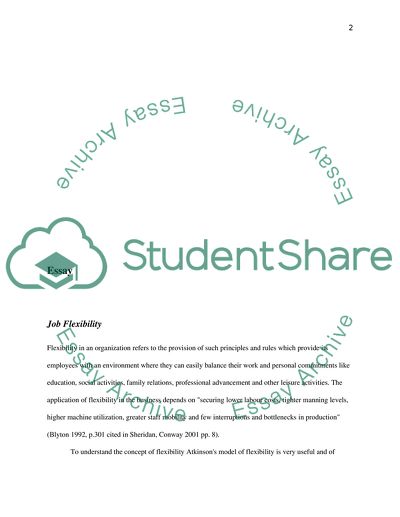Cite this document
(“How HR Professionals Handle the Challenges Essay - 1”, n.d.)
Retrieved from https://studentshare.org/human-resources/1549635-briefing-paper-about-todays-organisations-face-a-range-of-people-management-challenges-critically-examine-the-challenges-and-choices-hr-managers-now-face-in-regard-to-job-design-and-flexibility
Retrieved from https://studentshare.org/human-resources/1549635-briefing-paper-about-todays-organisations-face-a-range-of-people-management-challenges-critically-examine-the-challenges-and-choices-hr-managers-now-face-in-regard-to-job-design-and-flexibility
(How HR Professionals Handle the Challenges Essay - 1)
https://studentshare.org/human-resources/1549635-briefing-paper-about-todays-organisations-face-a-range-of-people-management-challenges-critically-examine-the-challenges-and-choices-hr-managers-now-face-in-regard-to-job-design-and-flexibility.
https://studentshare.org/human-resources/1549635-briefing-paper-about-todays-organisations-face-a-range-of-people-management-challenges-critically-examine-the-challenges-and-choices-hr-managers-now-face-in-regard-to-job-design-and-flexibility.
“How HR Professionals Handle the Challenges Essay - 1”, n.d. https://studentshare.org/human-resources/1549635-briefing-paper-about-todays-organisations-face-a-range-of-people-management-challenges-critically-examine-the-challenges-and-choices-hr-managers-now-face-in-regard-to-job-design-and-flexibility.


